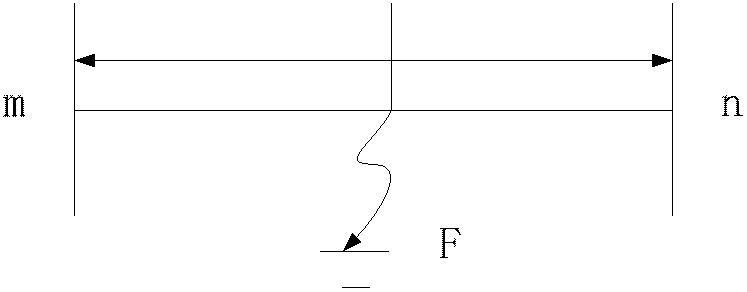Double-end distance measurement method for improving wavelet transform based on windowing
A technology of wavelet transform and double-terminal ranging, applied in the direction of fault location, etc., can solve the problems of large storage space consumption, weak anti-interference ability, easy amplification of high-frequency components, etc., to improve calculation speed, save memory, and reduce calculation the effect of time
- Summary
- Abstract
- Description
- Claims
- Application Information
AI Technical Summary
Problems solved by technology
Method used
Image
Examples
Embodiment
[0030] The hardware environment that this embodiment is used for implementing is: the main frequency is the PC of 2.6G, 4G memory, and the software environment of operation is: MATLAB 7.8 and Windows XP. We have realized the method that the present invention proposes with MATLAB software. The fault current data comes from the double-ended model built by EMTP-ATP software (see image 3 ).
[0031] like figure 2 , a double-terminal ranging method based on windowed lifting wavelet transform, including the following steps:
[0032] S1 sampling: fault traveling wave current signal f(t) received by terminal m (see Figure 4 ) for sampling, and transform it into a discrete function f(nΔt), n=14001.
[0033] S2 Windowing: Windowing f(nΔt) is to multiply the discrete time series with the window function, that is
[0034] f N (nΔt)=f(nΔt)·w N (t)
[0035] In the formula, w N (t) is a Kaiser window, and its time domain expression is
[0036] w ...
PUM
 Login to View More
Login to View More Abstract
Description
Claims
Application Information
 Login to View More
Login to View More - R&D
- Intellectual Property
- Life Sciences
- Materials
- Tech Scout
- Unparalleled Data Quality
- Higher Quality Content
- 60% Fewer Hallucinations
Browse by: Latest US Patents, China's latest patents, Technical Efficacy Thesaurus, Application Domain, Technology Topic, Popular Technical Reports.
© 2025 PatSnap. All rights reserved.Legal|Privacy policy|Modern Slavery Act Transparency Statement|Sitemap|About US| Contact US: help@patsnap.com



